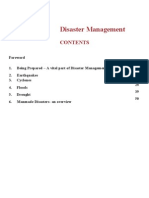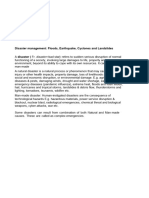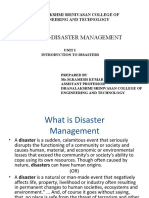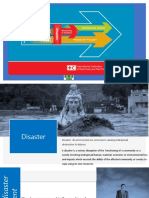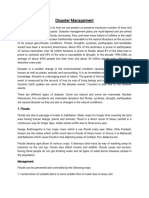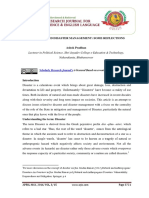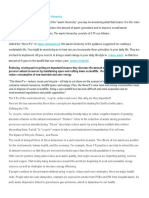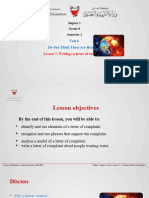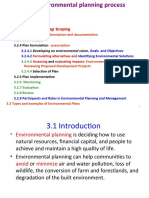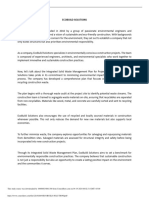0% found this document useful (0 votes)
34 views66 pagesNatural Disasters
The document discusses various types of natural and manmade disasters that can affect communities. It describes natural disasters such as earthquakes, floods, avalanches, tsunamis, wildfires, tornadoes, hurricanes, and volcanoes. It also discusses manmade disasters and provides an overview of human population growth over time from a few thousand people thousands of years ago to over 6.7 billion in 2008. Specific natural disasters that have significantly impacted India such as cyclones, droughts, and earthquakes are also outlined.
Uploaded by
mohammed mehdiCopyright
© © All Rights Reserved
We take content rights seriously. If you suspect this is your content, claim it here.
Available Formats
Download as PDF, TXT or read online on Scribd
0% found this document useful (0 votes)
34 views66 pagesNatural Disasters
The document discusses various types of natural and manmade disasters that can affect communities. It describes natural disasters such as earthquakes, floods, avalanches, tsunamis, wildfires, tornadoes, hurricanes, and volcanoes. It also discusses manmade disasters and provides an overview of human population growth over time from a few thousand people thousands of years ago to over 6.7 billion in 2008. Specific natural disasters that have significantly impacted India such as cyclones, droughts, and earthquakes are also outlined.
Uploaded by
mohammed mehdiCopyright
© © All Rights Reserved
We take content rights seriously. If you suspect this is your content, claim it here.
Available Formats
Download as PDF, TXT or read online on Scribd
/ 66








